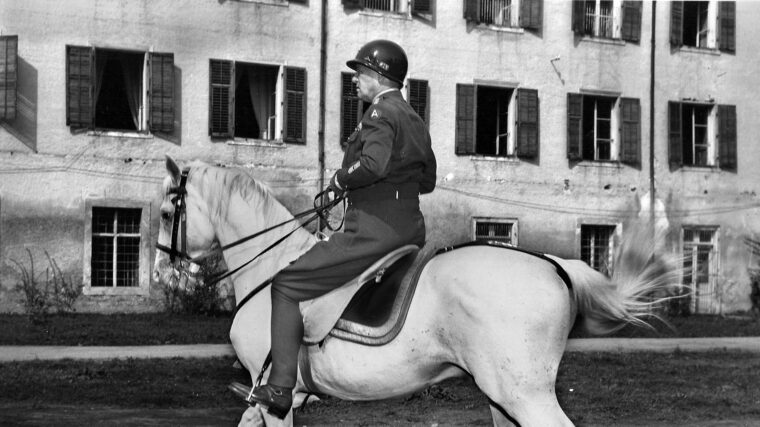
European Theater
Patton’s Last Command
By Alexander LovelaceThe October light was beginning to fade as the U.S. Army limousine sped along the autobahn in the American Zone of Occupied Germany. Read more
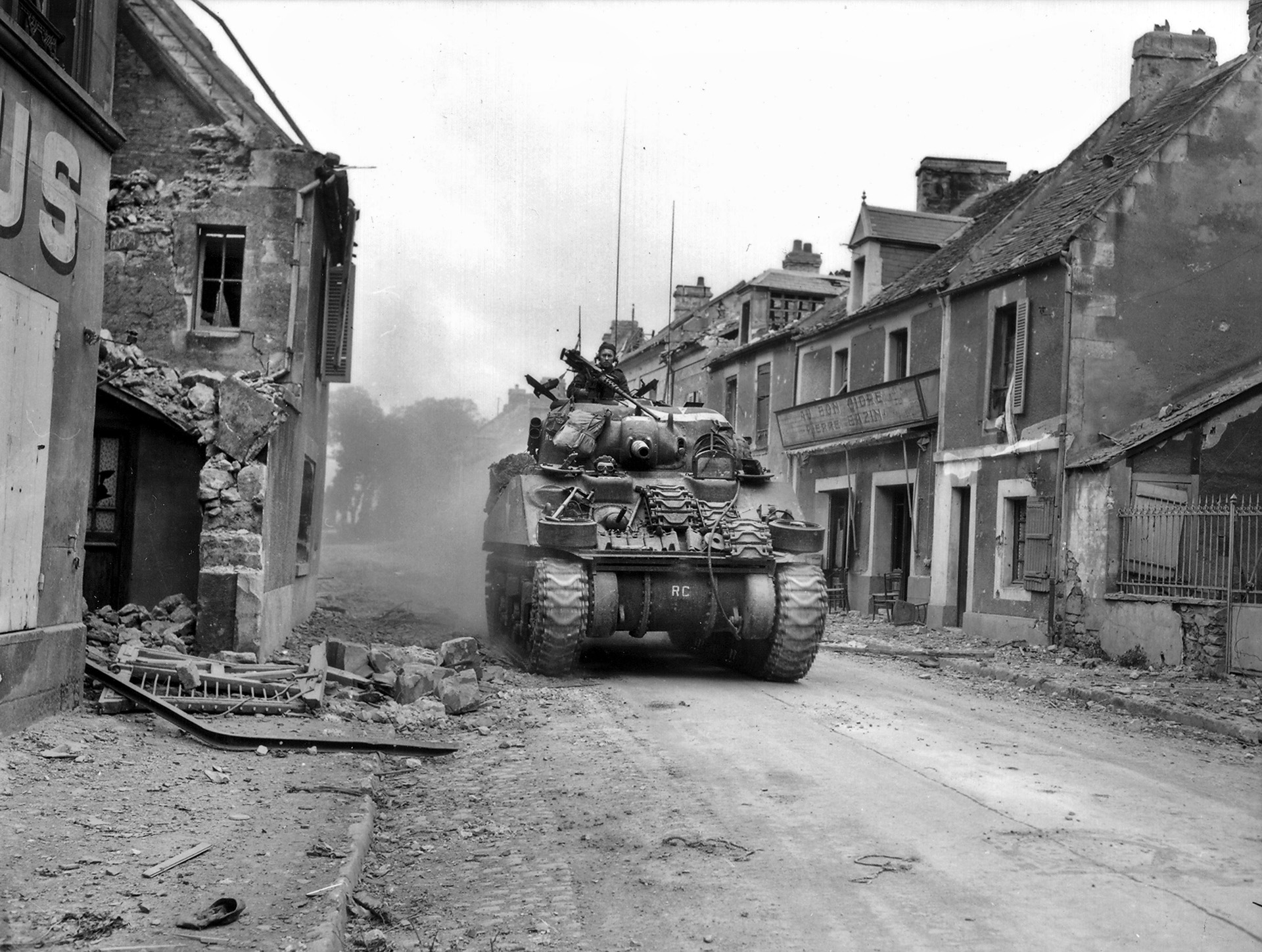
The European Theater of Operations (ETO) during World War II is generally regarded as the area of military confrontation between the Allied powers and Nazi Germany and Fascist Italy. The European Theater encompassed the Atlantic, Mediterranean, Eastern Front, Western Front, and Arctic areas of operation.

European Theater
The October light was beginning to fade as the U.S. Army limousine sped along the autobahn in the American Zone of Occupied Germany. Read more
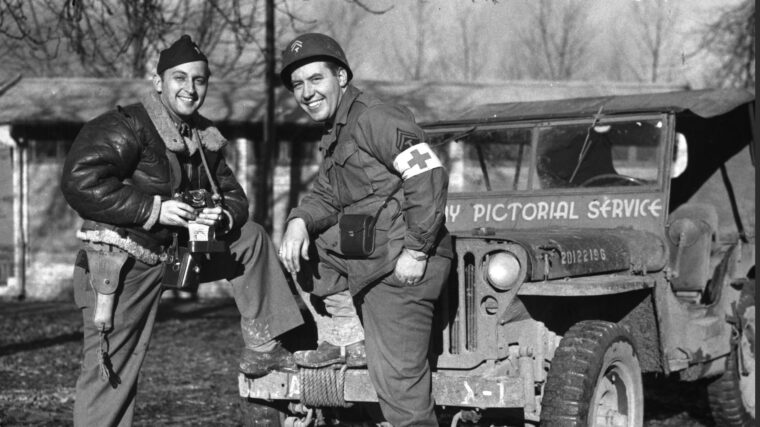
European Theater
Much of what we know today about World War II are the visual images—both still and moving—that combat photographers took to document all phases of this costly human tragedy. Read more
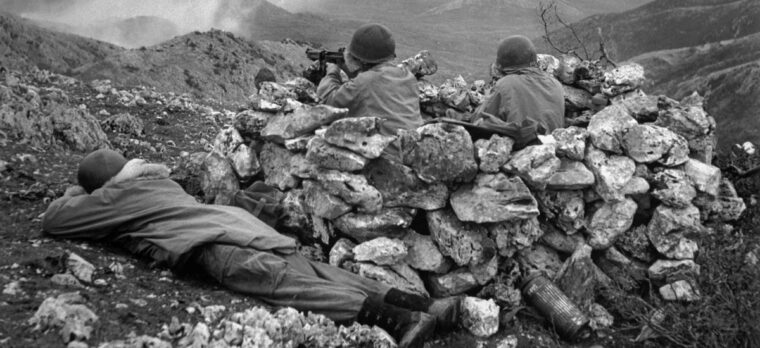
European Theater
Dusk came early as they boarded the convoy of trucks, their olive-drab forms softened by baggy trousers and heavy field jackets. Read more
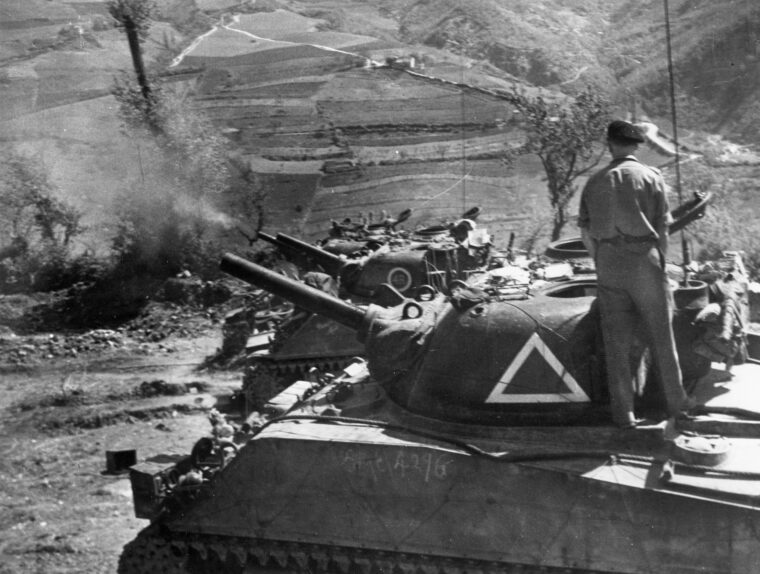
European Theater
The contribution of the Union of South Africa’s armed forces to the winning of World War II is little known outside South Africa itself. Read more
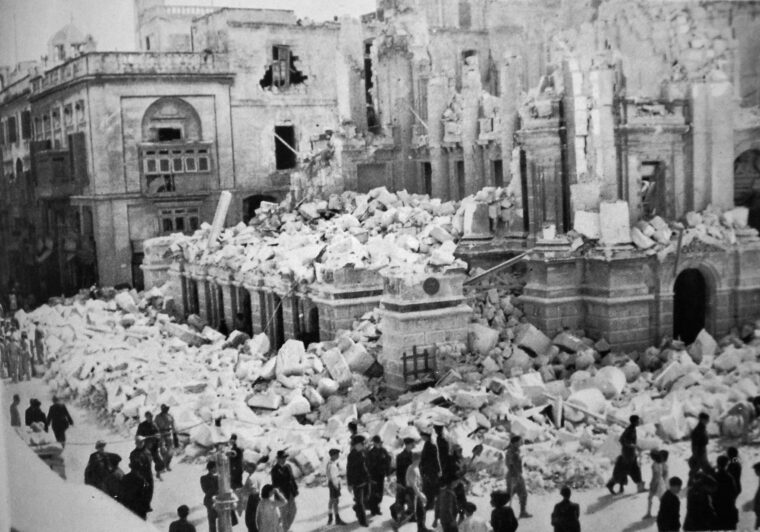
European Theater
It was the humid season on Malta that September of 1943. The hot Sirocco winds from North Africa blow from August to October across the cool sea, raising humidity. Read more
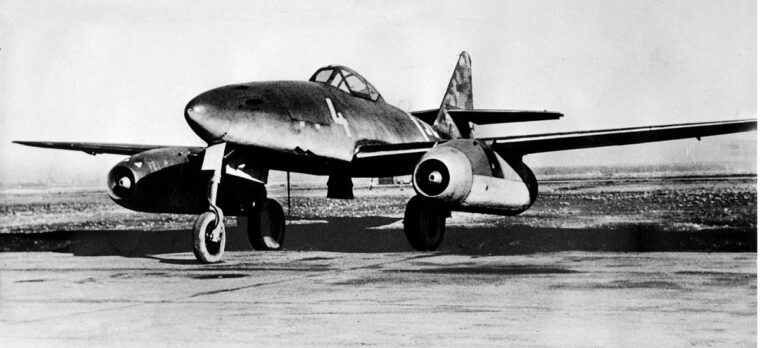
European Theater
A man who was close to Adolf Hitler and hardly impartial later saidthat the Führer had “a mood of merriment” for a brief period that day. Read more
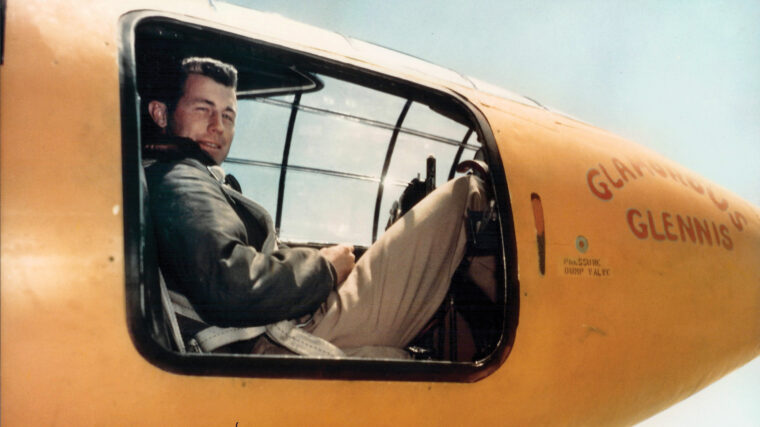
European Theater
Major General Charles “Chuck” Yeager, United States Air force (Ret.), was one of a handful of people who could rightly claim the title “living legend.” Read more
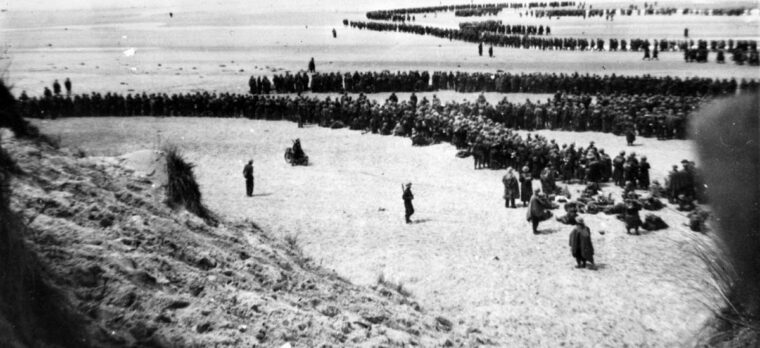
European Theater
BACKSTORY: After Nazi Germany invaded Poland on September 1, 1939, Britain and France declared war on Hitler’s regime. Read more
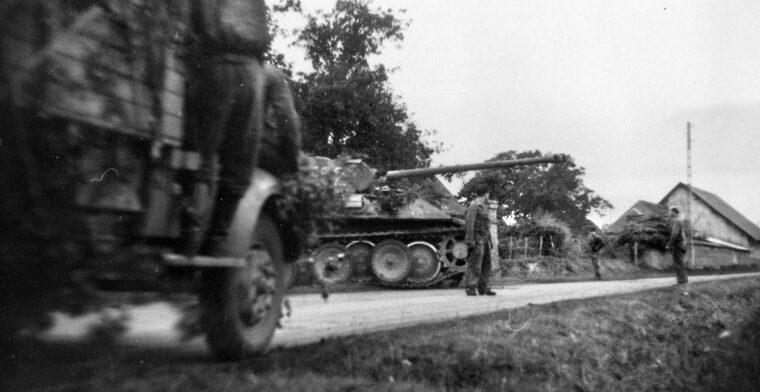
European Theater
The Normandy landings, the fighting at St. Lô and Caen, Operations Goodwood and Cobra, and the subsequent Argentan-Falaise Pocket have always drawn major attention from historians, with respect to the early struggle for supremacy in France. Read more
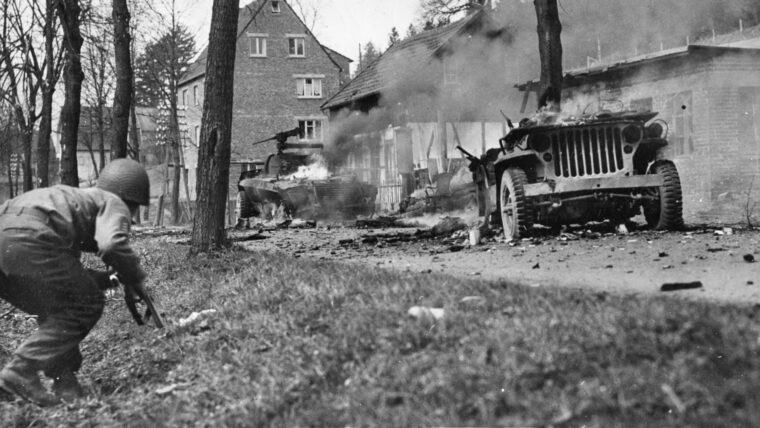
European Theater
The Messerschmitt Bf-109 fighter plane dove out of the sky with machine guns firing. The pilot’s target—a pontoon bridge being stretched across Germany’s Werra River by American engineers. Read more
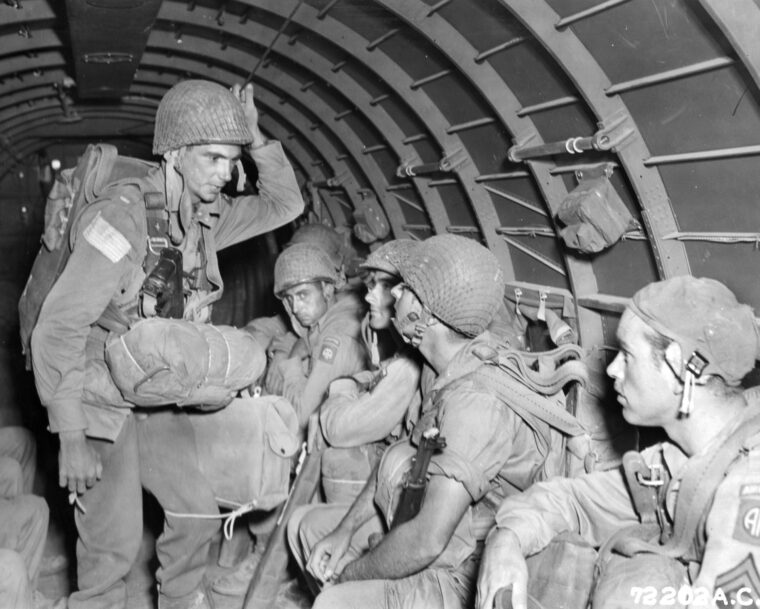
European Theater
Paratrooper Lt. Col. Bill Yarborough was flying into hell. As he prepared to jump from a Douglas C-47 transport plane then approaching the coast of Sicily, hundreds of American antiaircraft gunners below started shooting at him. Read more
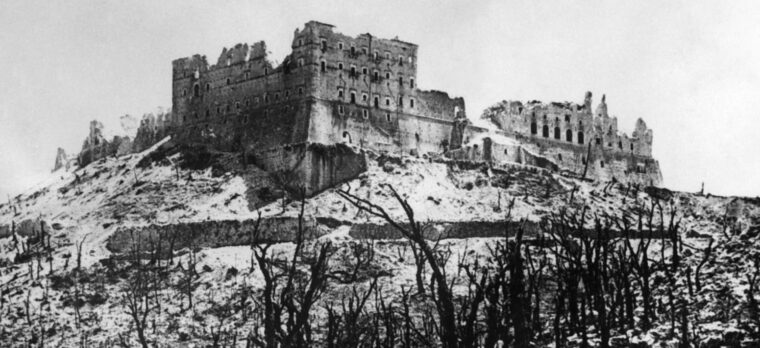
European Theater
For the thousands of Allied soldiers who had fought and suffered for so long in the shadow of the abbey of Monte Cassino, Tuesday morning, February 15, 1944, was a time of joy and celebration. Read more
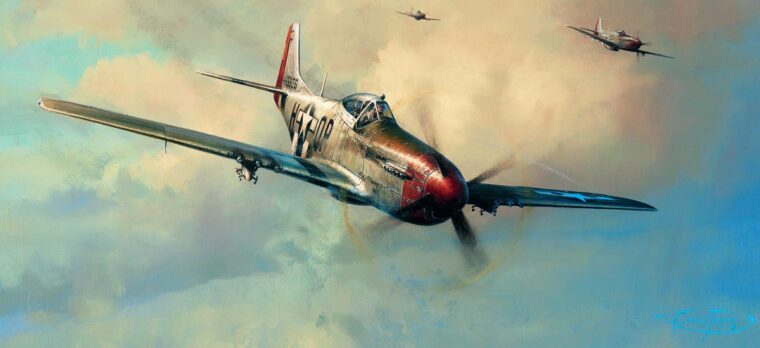
European Theater
“We went to London in ones and twos during our precious 24-hour passes to transfer and pick up our U.S. Read more
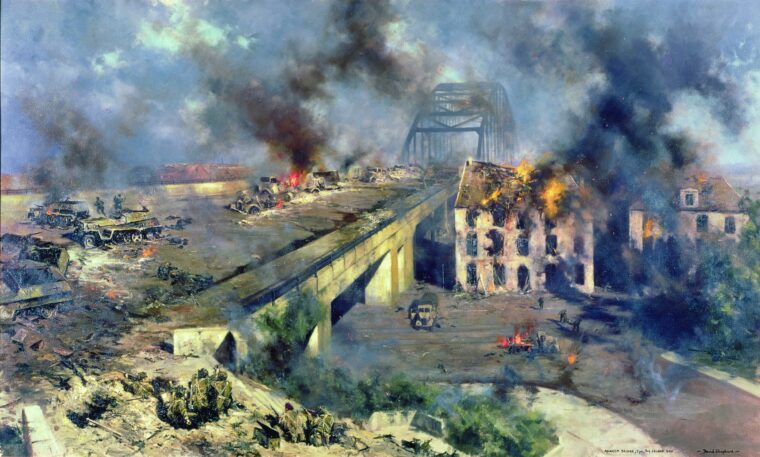
European Theater
Q: Could you give us a little personal background before we talk about your war experiences?
SIMS: I was born on April 29, 1925, at Sheffield in Yorkshire. Read more
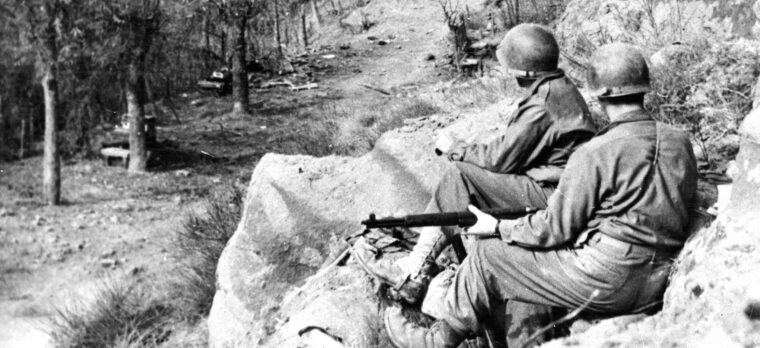
European Theater
By Michael E. Haskew
The monotonous rattle and snap of the film projector provided a steady accompaniment to the images flickering across the screen in the darkened room. Read more
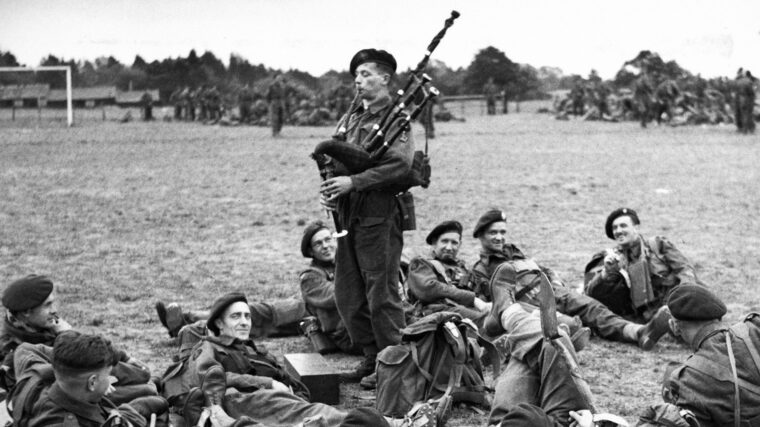
European Theater
It was the evening of Monday, June 5, 1944, and an armada of almost 5,000 ships stood off the southern coast of England, primed and ready for the greatest amphibious invasion in history. Read more
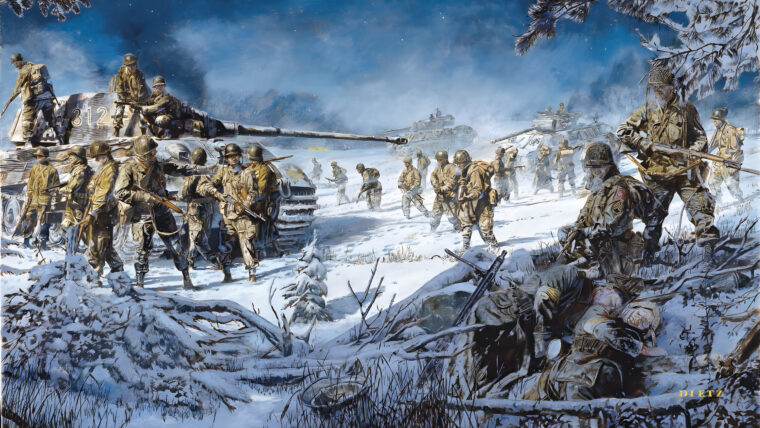
European Theater
By summer’s end 1944 Adolf Hitler, along with much of his staff, began to realize that Germany was in serious danger of losing the war. Read more
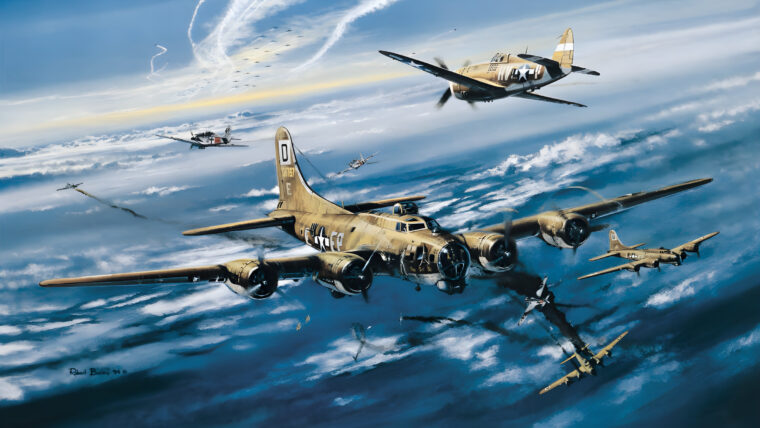
European Theater
The popular conception of the struggle in the air over northern Europe during World War II is of squadrons of sleek fighters racing over the German heartland to protect contrailed streams of lumbering bombers stretching beyond sight. Read more
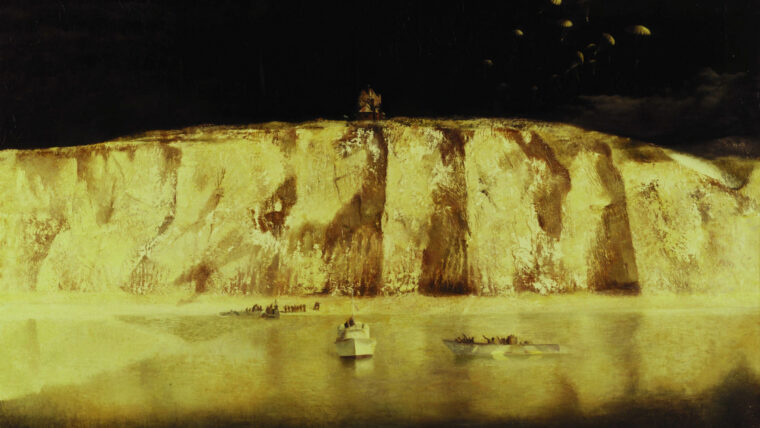
European Theater
Through the long, lovely days of the summer of 1940, almost two years before Operation Biting or the “Bruneval Raid,” Royal Air Force Spitfire and Hurricane fighter planes turned back the might of the Luftwaffe over southern and southeastern Britain. Read more
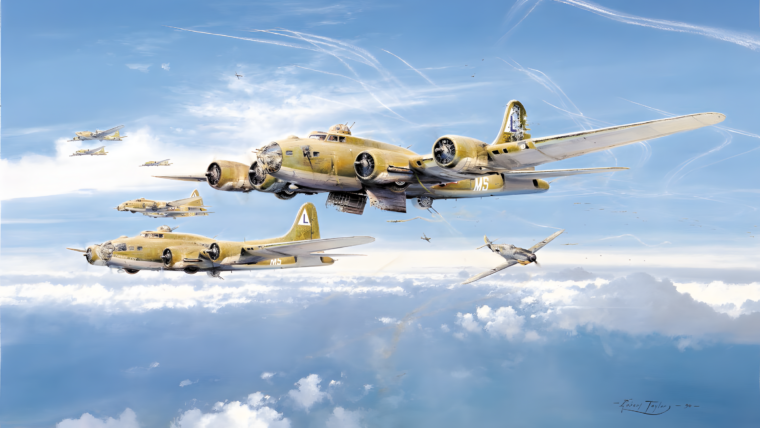
European Theater
In early 1942, the U.S. Eighth Air Force arrived in England firmly entrenched in the belief that continuous and accurate daylight precision bombing was the only way to decisively crush German industrial capacity. Read more